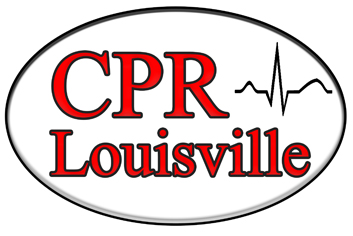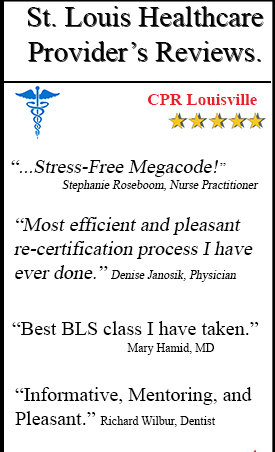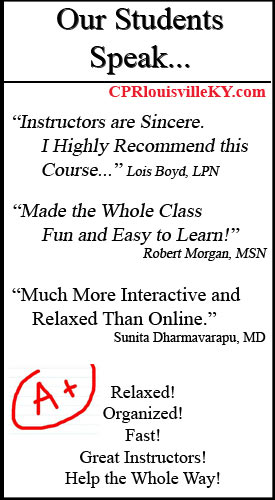Importance of Immediate Response
Sudden cardiac arrest is one of the leading causes of death worldwide, and its occurrence can be swift and unexpected. When a person experiences cardiac arrest, every second counts.
Without immediate intervention, the chances of survival decrease rapidly. This is where Automated External Defibrillators (AEDs) come into play.
AEDs have been proven to significantly improve survival rates by providing life-saving defibrillation at a moment’s notice.
This article explores the vital role that AEDs play in improving outcomes in cardiac arrest situations and the importance of increasing their availability and public awareness.
Understanding Cardiac Arrest
Definition and causes of cardiac arrest
Cardiac arrest occurs when the heart suddenly stops pumping blood due to electrical disturbances. This is different from a heart attack, which involves a blockage of blood flow to the heart.
In a cardiac arrest, the heart’s electrical system malfunctions, and the victim collapses, loses consciousness, and stops breathing.
Statistics on Cardiac Arrest Incidence and Survival Rates
The most crucial factor in survival is how quickly the heart can be restarted with defibrillation, a process that delivers an electrical shock to reset the heart’s rhythm.
According to the American Heart Association (AHA), survival rates drop by 7-10% for every minute without intervention. In these scenarios, the first few minutes are the most critical for saving a life.
What is an Automated External Defibrillator?
AEDs are portable devices designed to detect life-threatening arrhythmias and deliver an electrical shock to restore normal heart rhythm. Unlike traditional defibrillators used in hospitals, AEDs are designed for use by both medical professionals and the general public.
They are equipped with voice and visual prompts that guide the user through the process, making them accessible even to those with little or no medical training.
Accessibility and Deployment
AEDs come in different types, including public-access AEDs that are commonly found in airports, schools, and other public places, and professional-grade AEDs used by first responders. The goal of public AEDs is to ensure rapid intervention, as waiting for emergency medical services (EMS) can often take too long to save the victim.
The Role of AEDs in Cardiac Arrest Response
Importance of Early Defibrillation
Cardiac arrest victims need help within a very short window. Without defibrillation, their chances of survival plummet after the first few minutes. AEDs offer the fastest way to deliver that critical shock before EMS arrives.
How AEDs are Designed for Ease of Use by Laypersons
The devices are easy to operate, with straightforward instructions for use. Most AEDs automatically assess the heart’s rhythm and determine whether a shock is needed. If a shock is required, the AED will guide the user to press a button that delivers the shock.
The simple design and intuitive interface mean that even someone without medical training can provide life-saving treatment.
Evidence Supporting AED Effectiveness
Studies and Statistics
Early defibrillation significantly improves survival rates. Research has shown that using an AED within the first three to five minutes of a cardiac arrest can result in survival rates as high as 70%, compared to less than 10% without intervention. AEDs are specifically designed to be user-friendly.
Case Studies
In a study published in the *New England Journal of Medicine*, communities that implemented widespread AED programs saw survival rates increase by more than 40%. Similarly, data from the American Heart Association indicates that access to AEDs in public spaces can double or even triple survival rates compared to waiting for EMS to arrive.
Case studies from cities that have embraced public AED programs reveal dramatic success stories of individuals who were resuscitated by bystanders using AEDs. These real-life examples reinforce the importance of widespread AED availability.
Barriers to AED Usage
Lack of Awareness and Training
One of the most significant barriers to increasing AED usage is the lack of awareness and education. Many people still don’t know how to use an AED or are afraid they might cause harm. In reality, AEDs are extremely safe, and their built-in safeguards prevent inappropriate shocks.
Misconceptions about AED Safety and Effectiveness
Some individuals worry that they might be liable for using an AED incorrectly, but Good Samaritan laws protect those who act in good faith to help in emergencies. Another barrier is the availability of AEDs.
Need for more Widespread AED Placement
While AEDs are becoming more common in public spaces, they are not yet as ubiquitous as they should be. Schools, gyms, airports, and community centers are good starting points, but there is a need for broader AED placement in workplaces, residential complexes, and more.
Increasing AED Awareness and Training
Importance of Community Training Programs
To improve survival rates, public training on how to use AEDs is essential. Many organizations, including the American Heart Association, offer community CPR and AED training courses. These programs teach participants how to recognize cardiac arrest, perform CPR, and use an AED correctly. Equally important are initiatives aimed at increasing AED placement in public areas.
Initiatives to Promote AED Placement in Public Areas
Some cities have adopted “AED mapping” systems, which allow users to locate the nearest AED in an emergency quickly. The AHA and other organizations advocate for legislation and public policy that encourage businesses, schools, and municipalities to install AEDs in as many locations as possible.
When used in the critical minutes following a cardiac arrest, AEDs dramatically improve survival rates. However, their effectiveness relies on their accessibility and the public’s willingness to use them.
By raising awareness about AEDs, increasing their availability in public spaces, and encouraging people to learn how to use them, we can collectively save lives.
Conclusion
In conclusion, Automated External Defibrillators (AEDs) have proven to be life-saving devices, dramatically improving survival rates for individuals experiencing sudden cardiac arrest. By delivering a shock to the heart, AEDs restore normal rhythm, offering critical intervention when every second counts. However, the presence of an AED alone is not enough—having trained bystanders who can perform CPR and operate an AED is crucial to saving lives.
If you’re in Louisville, there’s no better time to equip yourself with these life-saving skills. CPR certification in Louisville is not only a valuable addition to your personal skill set but also an essential community resource. At CPR Louisville, an American Heart Association training site, you can receive high-quality, hands-on training in CPR, AED use, and other vital life-saving techniques through courses like BLS, ACLS, and First Aid.
Don’t wait until it’s too late—enroll in a CPR certification Louisville course today and gain the confidence and ability to act swiftly in emergencies. Whether you’re a healthcare provider or a concerned citizen, learning these skills can make all the difference when it matters most.






